Unveiling the Power of USB Sniffers
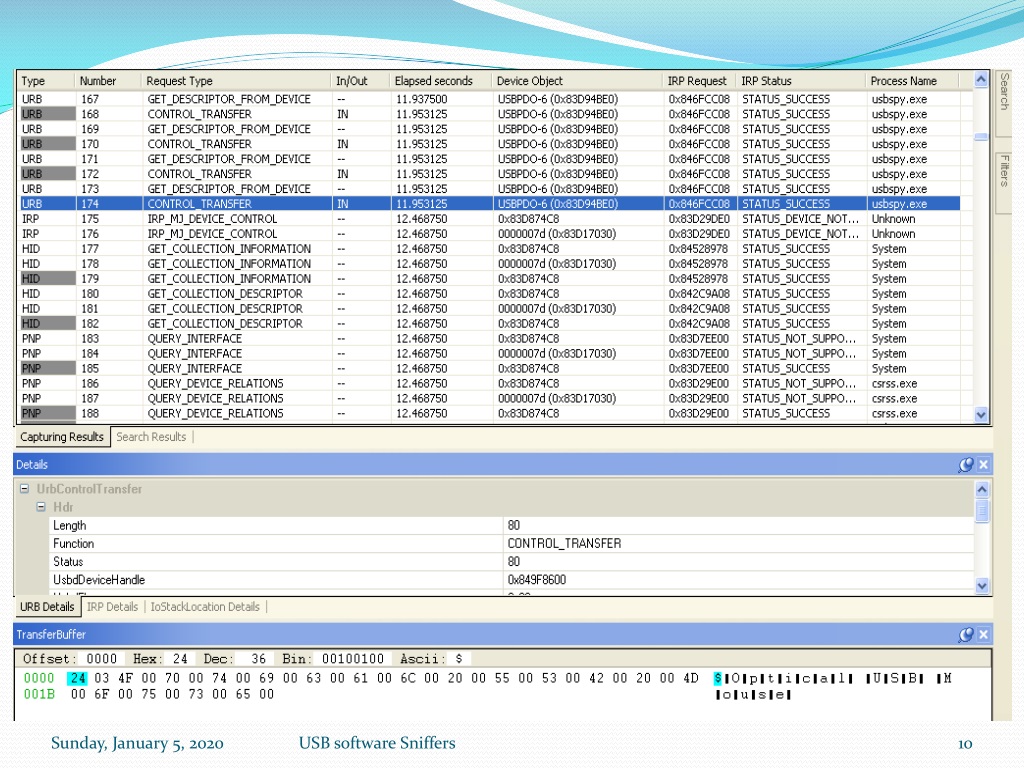
Unlocking the Secrets of USB Communication
USB sniffers are powerful tools that play a crucial role in decoding the data transferred between USB applications and devices. In this section, we will delve into the significance of USB sniffers and their applications in developing, debugging, testing, and analyzing devices and software solutions.
Understanding the Role of USB Sniffers
USB sniffers are hardware or software tools that capture and display the data exchanged between USB devices and applications. They enable developers to monitor and analyze the communication protocols, data packets, and device interactions. By using USB sniffers, developers can:
- Decode and interpret the data transferred between devices and applications
- Analyze device behavior, identify issues, and troubleshoot problems
- Verify device compliance with USB standards and specifications
- Optimize device performance, power consumption, and data transfer speeds
Importance of USB Sniffers in Development, Debugging, Testing, and Analysis
USB sniffers are indispensable in various stages of device and software development, including:
- Development: USB sniffers aid in designing and implementing USB devices and applications by enabling developers to test and validate their creations.
- Debugging: Sniffers help identify and resolve issues, such as data corruption, protocol violations, and device malfunctions.
- Testing: USB sniffers ensure device compatibility, reliability, and performance by simulating real-world scenarios and testing device behavior.
- Analysis: Sniffers provide valuable insights into device behavior, allowing developers to optimize device performance, power consumption, and data transfer speeds.
Top USB Sniffers for Windows: A Comparative Analysis
When it comes to debugging and analyzing USB-related issues on Windows, having the right tools can make all the difference. In this section, we'll delve into the top USB sniffers for Windows, each with its unique features and capabilities. Let's dive in!
1. Free USB Analyzer
A non-intrusive software-based USB sniffer and protocol analyzer, Free USB Analyzer is a top choice among developers and engineers. With its user-friendly interface, you can easily capture and analyze USB traffic without requiring any additional hardware. Its features include:
- Real-time USB traffic capture and analysis
- Support for multiple USB devices and hubs
- Decoding of USB protocols and descriptors
- Export of captured data to CSV or TXT files
2. USBPcap
USBPcap is a powerful tool designed to capture and analyze USB packets on Windows 7, 8, and 10. Its key features include:
- Capture of USB packets at the host controller, hub, or device level
- Real-time analysis of USB traffic
- Support for multiple USB devices and interfaces
- Integration with Wireshark for advanced analysis
3. USBTrace
USBTrace is a software tool that can capture and decode USB traffic at host controllers, hubs, and devices. Its notable features include:
- Capture of USB traffic at multiple levels (host, hub, device)
- Decoding of USB protocols and descriptors
- Real-time analysis and display of USB traffic
- Support for advanced filtering and search capabilities
Each of these top USB sniffers for Windows offers unique strengths and weaknesses, making them suitable for different use cases and applications. By understanding their features and capabilities, you can choose the best tool for your specific needs and optimize your USB debugging and analysis process.
How USB Sniffers Work: A Deep Dive
USB sniffers are powerful tools that capture and analyze data transmitted between a USB device and a host computer. But have you ever wondered how they work their magic? Let's take a closer look.
Recording Collected Data in a Binary File for Later Reference
When a USB sniffer is connected to a USB port, it begins to capture data packets transmitted between the device and the host. This data is then recorded in a binary file, which can be saved for later reference. This binary file contains a raw dump of the data, including control signals, data packets, and other relevant information.
Exporting Data in Various Formats
USB sniffers often allow users to export the captured data in various formats, making it easier to analyze and understand. Some common formats include:
- Plain text: for easy viewing and editing
- CSV (Comma Separated Values): for importing into spreadsheet software
- XML (Extensible Markup Language): for structured data analysis
- HTML (Hypertext Markup Language): for web-based reporting
Using Filters to Display Only Required Data
With the vast amount of data captured by a USB sniffer, it can be overwhelming to sift through. That's where filters come in. Users can apply filters to display only the required data, such as:
- Specific device addresses or IDs
- Particular data packets or protocols
- Defined time ranges or intervals
By using filters, users can narrow down the data to focus on specific areas of interest, making analysis and debugging more efficient.
Choosing the Right USB Sniffer for Your Needs
When it comes to selecting a USB sniffer, there are several factors to consider to ensure you find the right tool for your specific requirements. In this section, we'll delve into the key considerations and evaluate the pros and cons of popular USB sniffers.
Key Considerations
Before choosing a USB sniffer, consider the following factors:
- Data filtering: Can the sniffer filter out irrelevant data and focus on specific protocols or data patterns?
- Protocol analysis: Does the sniffer support analysis of various USB protocols, such as USB 2.0, USB 3.0, and USB Type-C?
- Compatibility: Is the sniffer compatible with your Windows platform, including Windows 10, Windows 11, or older versions?
Evaluating Popular USB Sniffers
Let's examine the pros and cons of three widely used USB sniffers:
Free USB Analyzer
Pros:
- Free and open-source
- Supports multiple USB protocols
- User-friendly interface
Cons:
- Limited data filtering capabilities
- No advanced protocol analysis features
USBPcap
Pros:
- High-performance data capture
- Advanced protocol analysis and filtering
- Compatible with multiple Windows platforms
Cons:
- Steep learning curve
- Not user-friendly for beginners
USBTrace
Pros:
- Intuitive interface and easy to use
- Robust data filtering and analysis capabilities
- Supports various USB protocols
Cons:
- Commercial product with a cost
- Some users find the interface cluttered
By considering these factors and evaluating the pros and cons of popular USB sniffers, you'll be better equipped to choose the right tool for your specific needs and ensure effective USB protocol analysis and debugging.
Conclusion: Unlocking the Full Potential of USB Sniffers
USB sniffers have revolutionized the way developers and engineers approach device and software development, enabling them to decode and analyze USB communication with unprecedented precision. By leveraging the power of USB sniffers, professionals can gain valuable insights into the intricacies of USB communication, streamline their development processes, and create more efficient and reliable solutions.
As we have explored in this comprehensive guide, USB sniffers offer a wide range of benefits, from debugging and troubleshooting to performance optimization and compatibility testing. By choosing the right USB sniffer, developers and engineers can unlock the full potential of their devices and software solutions, ensuring seamless communication, optimal performance, and unparalleled reliability.
In conclusion, USB sniffers are indispensable tools for anyone involved in device and software development. By harnessing their power, professionals can:
- Decode and analyze USB communication with ease
- Optimize device and software performance
- Streamline development processes
- Ensure compatibility and reliability
As technology continues to evolve, the importance of USB sniffers will only continue to grow. By embracing these powerful tools, developers and engineers can stay ahead of the curve, unlock new possibilities, and create innovative solutions that transform the way we interact with devices.

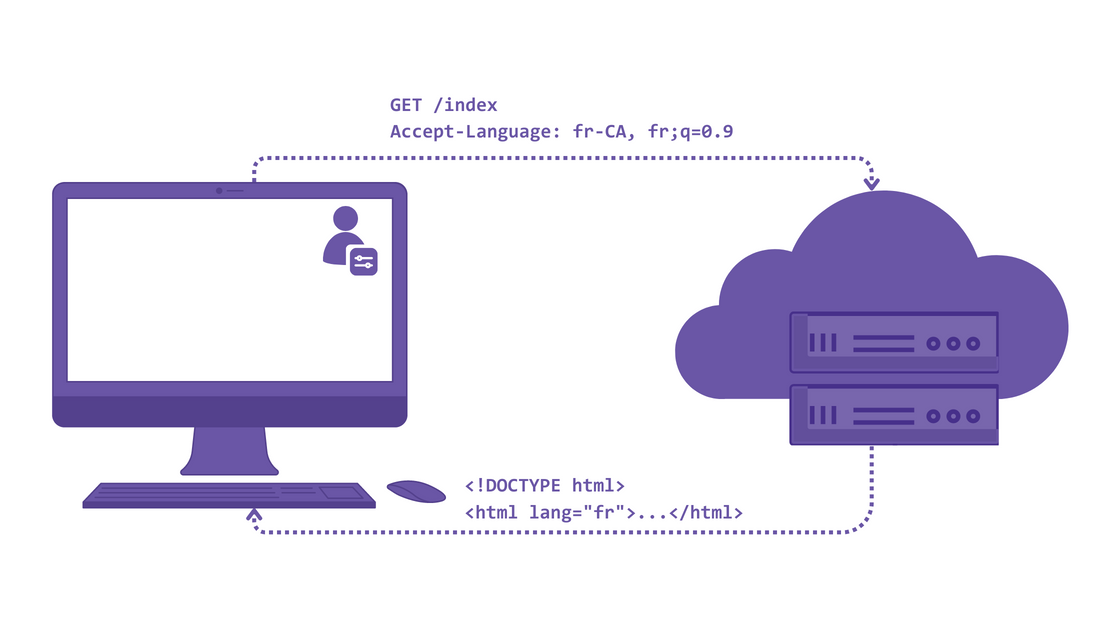

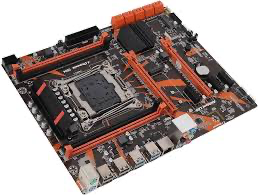
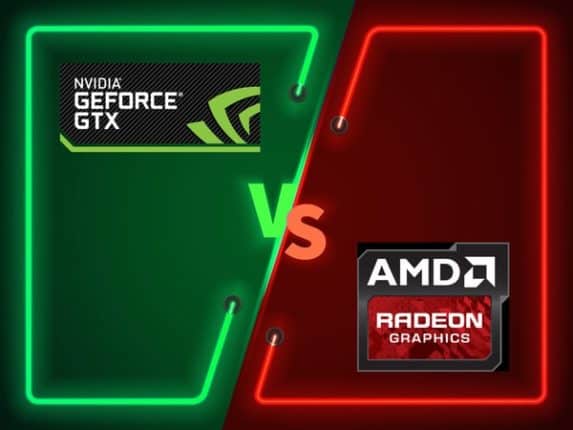


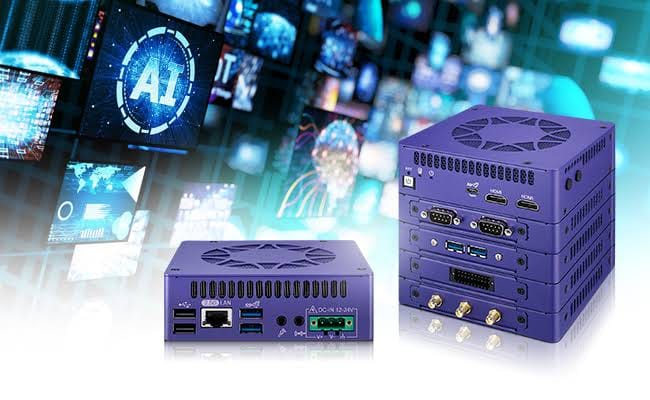



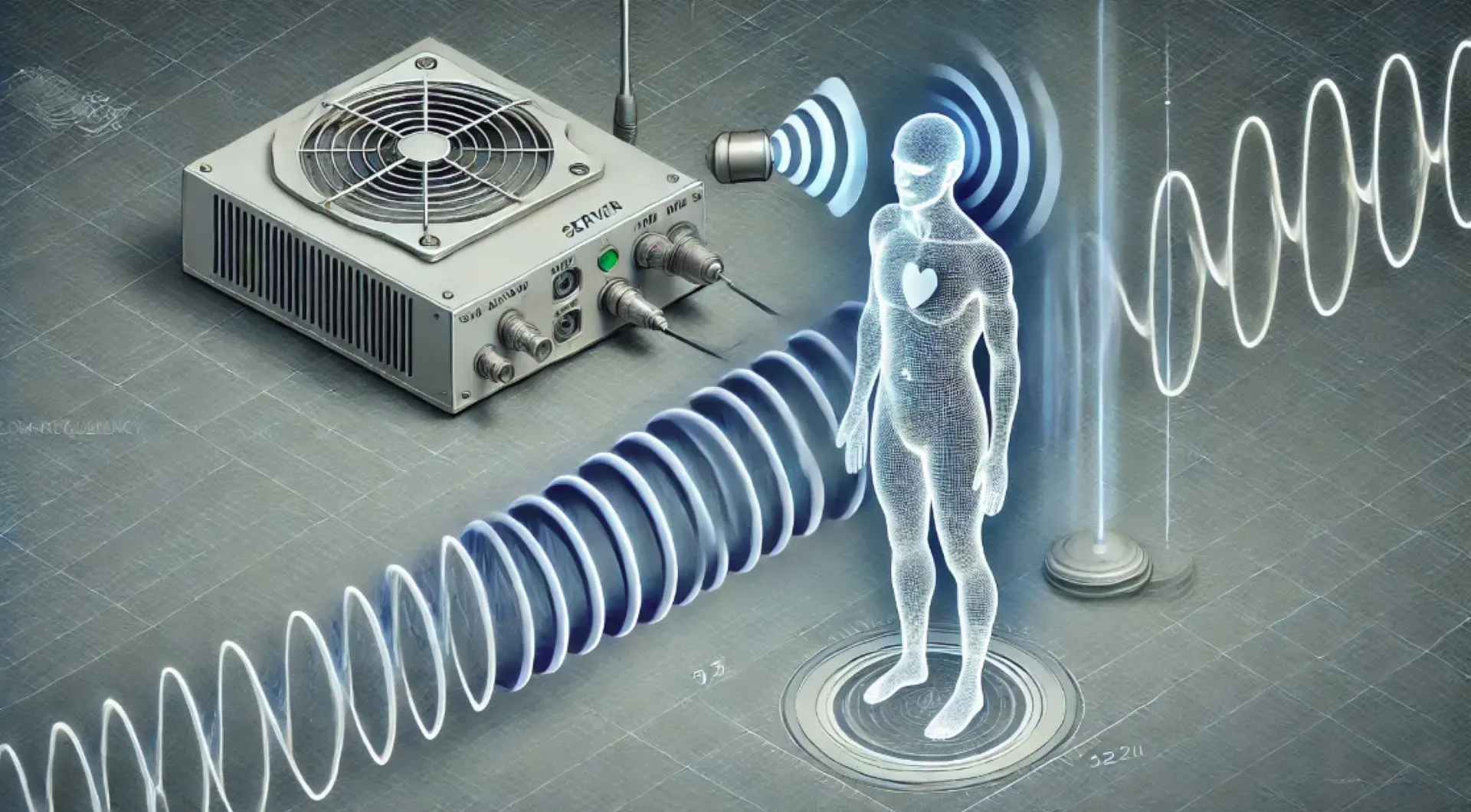






Comments ()